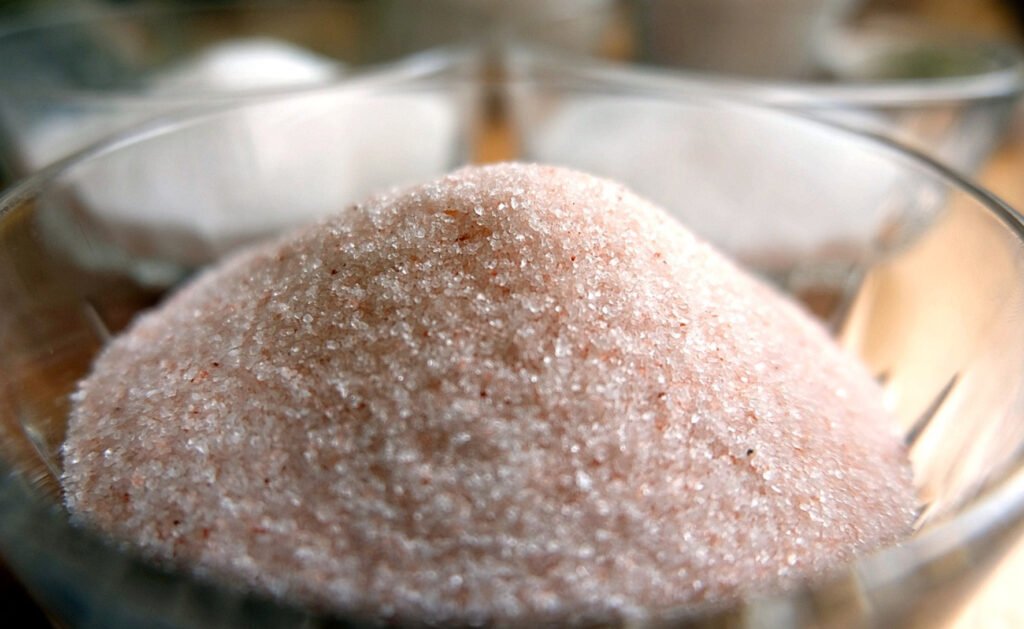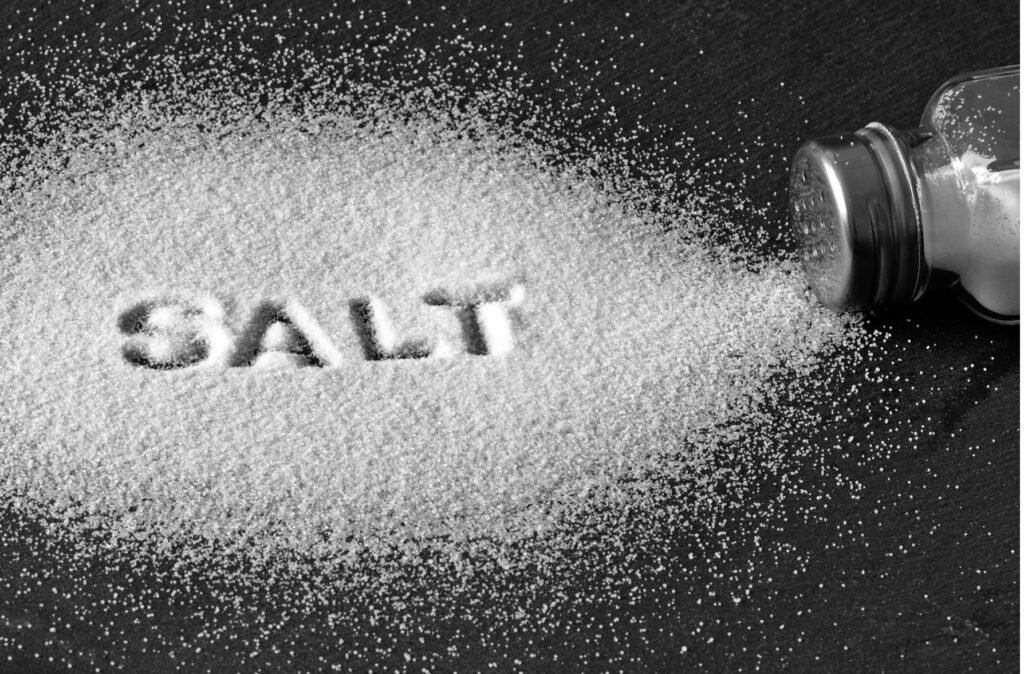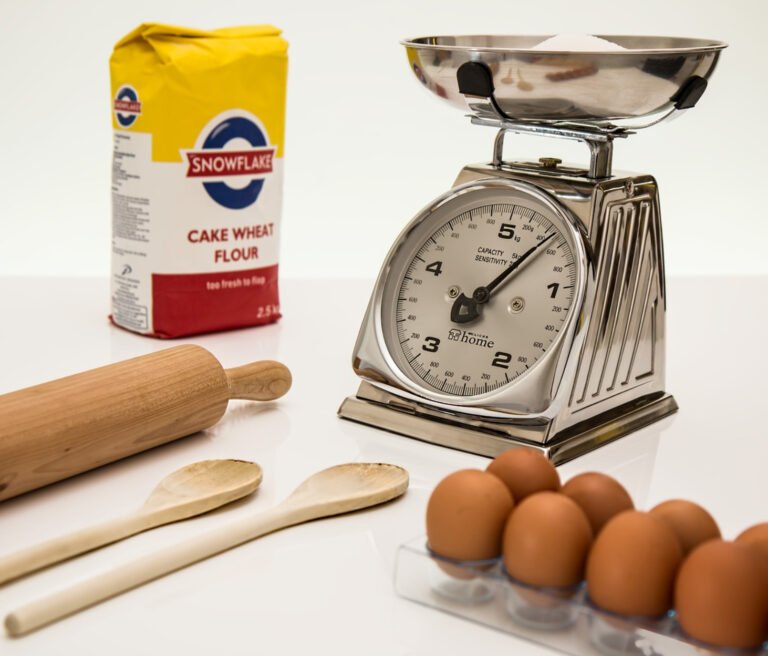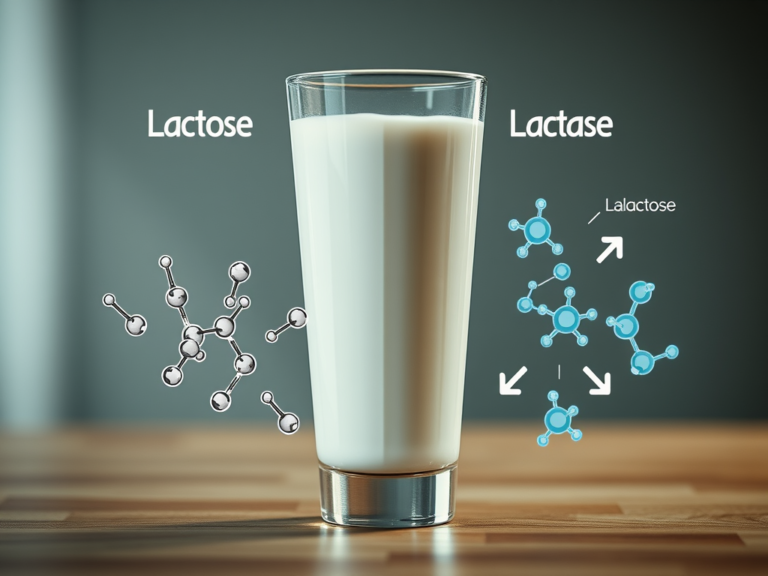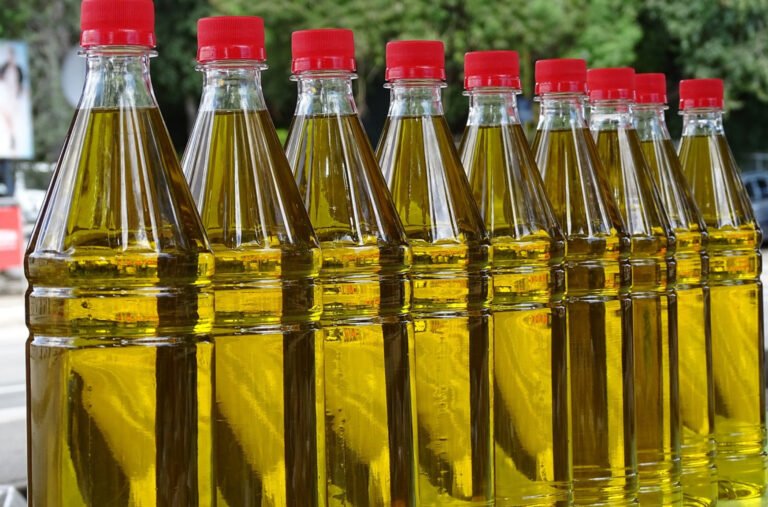Natural vs synthetic salt
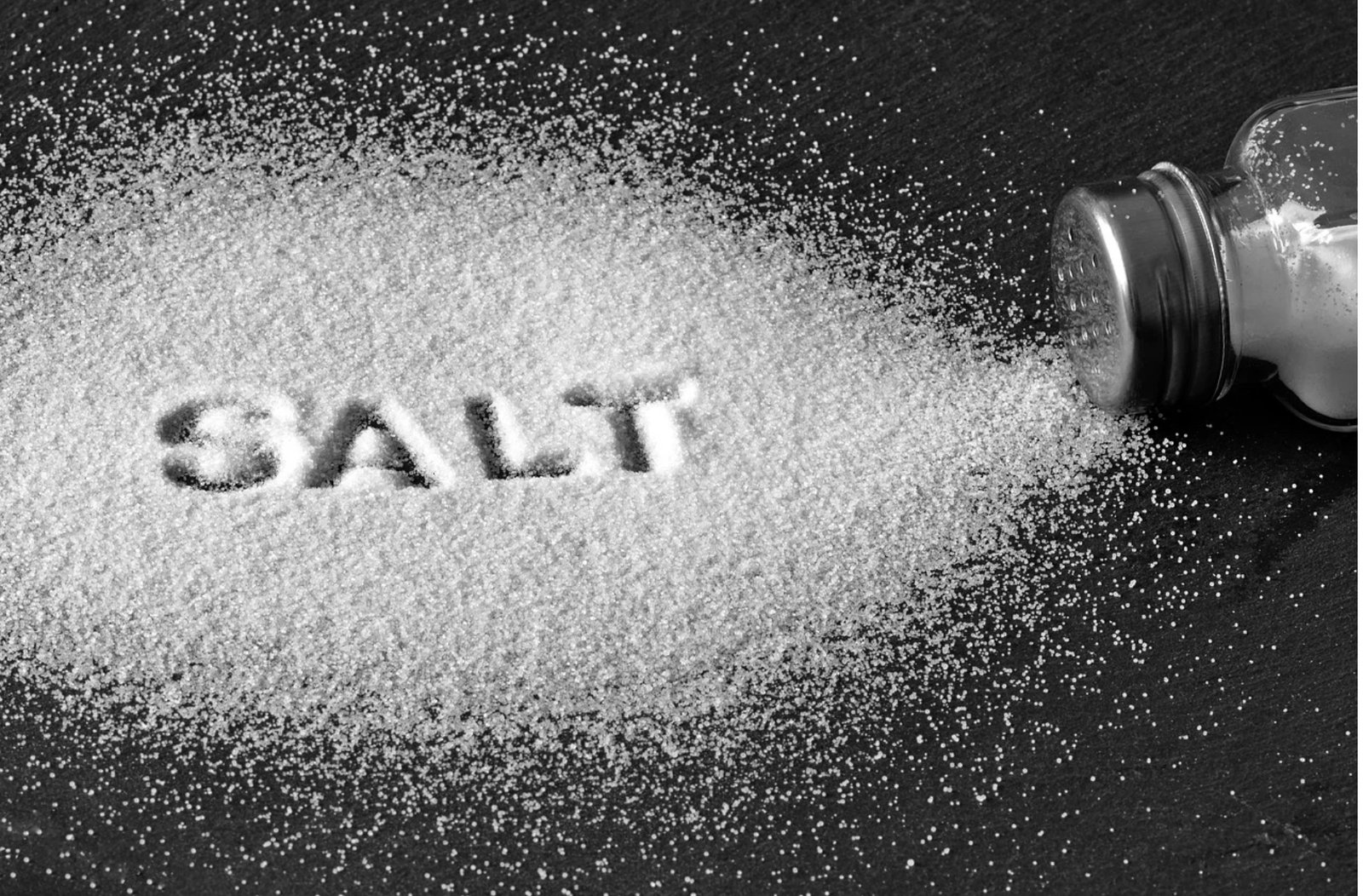

Does table salt or natural salt count as food?
Salt, whether table salt or natural salt (such as sea salt or Himalayan salt), is typically considered a food ingredient or food additive rather than a “food” in the traditional sense. Here’s the distinction:
Table Salt and Natural Salt as Food Ingredients:
- Food ingredient: Salt is widely used to season and preserve food. It enhances flavor, improves texture, and is critical in various culinary processes (e.g., curing, and baking).
- Essential nutrient: Salt, specifically the sodium it contains, is essential for various bodily functions, including maintaining fluid balance, nerve function, and muscle contraction. The iodine added to table salt is important for thyroid function and preventing iodine deficiency.
Difference Between Table Salt and Natural Salt:
- Table salt: It is a refined form of salt, often with added iodine and anti-caking agents, but it is still considered a food ingredient.
- Natural salts (e.g., sea salt, Himalayan salt): These are less processed and contain trace minerals in addition to sodium chloride. They are also used as food ingredients but may be marketed as more “natural” or “mineral-rich.”
Is Salt a Food?
While salt is crucial in food preparation and nutrition, it is not consumed by itself as a “food” (e.g., fruits, vegetables, or grains). Salt is a mineral and technically an edible additive used in foods, rather than a food item on its own.
In Summary:
- Salt is an ingredient in food, essential for taste and bodily function.
- It is not typically considered a standalone food but rather a mineral or food additive used to enhance and preserve other foods.
Himalayan Salt VS Sea Salt
Both Himalayan salt and sea salt are natural salts that contain similar basic minerals, but they differ slightly in their composition due to their origin.
Himalayan Salt:
- Sodium chloride: Makes up about 98% of its composition.
- Trace minerals: It contains around 84 trace minerals, which give it its distinct pink color. These include:
- Iron oxide (which gives it the pink hue)
- Calcium
- Magnesium
- Potassium
- Zinc
- Phosphorus
Himalayan salt is mined from ancient salt deposits in the Khewra Salt Mine in Pakistan, which is one of the oldest and largest salt mines in the world.
Sea Salt:
- Sodium chloride: Similar to Himalayan salt, sea salt is primarily composed of sodium chloride.
- Minerals: The mineral content can vary depending on where it is harvested, but common ones include:
- Magnesium
- Calcium
- Potassium
- Sulfur
- Iodine (often naturally occurring in some types of sea salt)
Sea salt is harvested through the evaporation of seawater, meaning the minerals present in the seawater will influence the final mineral content of the salt.
Key Differences:
- Processing: Himalayan salt is often less processed and contains more trace minerals than sea salt.
- Source: Himalayan salt comes from ancient deposits, while sea salt is sourced from oceans and seas.
- Appearance: Himalayan salt is usually pink due to iron content, while sea salt is typically white or light gray.
Both are often considered healthier alternatives to table salt due to their mineral content and minimal processing.
what is the contents of table salt
Table salt, which is the most common form of salt used in cooking and food preparation, is primarily composed of sodium chloride but has additional substances due to processing. Here’s a breakdown of its main components:
1. Sodium Chloride (NaCl):
- Main component: Typically makes up about 97–99% of table salt. Sodium chloride is the compound responsible for the salty taste and the primary source of sodium in most diets.
2. Additives:
- Iodine: Most table salt is iodized, meaning it has added potassium iodide or sodium iodide to prevent iodine deficiency, which can lead to thyroid problems such as goiter.
- Anti-caking agents: These are added to prevent the salt from clumping and to improve flow. Common anti-caking agents include:
- Calcium silicate
- Sodium aluminosilicate
- Magnesium carbonate
3. Trace Minerals (in very small amounts):
Unlike sea salt or Himalayan salt, table salt typically has few naturally occurring trace minerals left due to its high level of refinement. Most of the trace minerals found in raw salt are removed during the purification process, leaving it mostly sodium chloride.
Optional Additives:
- Fluoride: In some regions, table salt is fortified with fluoride to help prevent tooth decay.
Due to the refining process and the additives, table salt has a more uniform, fine texture compared to natural salts like sea salt or Himalayan salt.
What are other sources of natural salt and which ones can be consumed?
Natural salts can be found in various geological formations, bodies of water, and mineral deposits worldwide. While not all natural salts are safe for consumption, many are harvested and used in cooking and food preparation. Here’s an overview of natural sources of salt and which ones are commonly consumed:
1. Sea Salt:
- Source: Harvested by evaporating seawater from oceans and saltwater lakes.
- Composition: Primarily sodium chloride, but it also contains trace minerals like magnesium, calcium, potassium, and sulfur, depending on the body of water it’s harvested from.
- Common Types:
- Celtic sea salt (harvested from the coast of Brittany, France)
- Fleur de sel (from coastal salt marshes, especially in France)
- Hawaiian sea salt (often mixed with volcanic clay)
- Dead Sea salt (high in minerals like magnesium and potassium)
- Consumption: Safe and widely consumed. Some sea salts, like fleur de sel, are prized for their delicate flavor and texture.
2. Himalayan Salt:
- Source: Mined from ancient salt deposits in the Khewra Salt Mine in Pakistan, located in the Himalayan mountains.
- Composition: Primarily sodium chloride, with trace minerals like iron, calcium, magnesium, and potassium, which give it its pink color.
- Consumption: Widely used in cooking, seasoning, and even in products like salt lamps and bath salts. It is considered safe to consume and is often marketed as a more “natural” and mineral-rich alternative to table salt.
3. Rock Salt (Halite):
- Source: Mined from underground salt deposits formed by ancient evaporated bodies of water. Major rock salt deposits are found in the United States, India, and Germany.
- Composition: Sodium chloride with trace minerals, though it can also contain impurities.
- Common Types:
- Kala Namak (Black salt): A type of Indian volcanic rock salt that has a distinctive sulfurous flavor.
- Kosher salt: Often sourced from rock salt and processed into coarse flakes.
- Consumption: Rock salt itself can be consumed if purified. Kosher salt and culinary rock salts are widely used. However, industrial rock salt (used for de-icing) is not food-grade and should not be consumed.
4. Salt from Salt Flats and Brine Pools:
- Source: Some salts are harvested from natural salt flats or brine pools, where saltwater evaporates over time, leaving salt crystals behind.
- Examples:
- Bolivian Salt: Harvested from the Uyuni Salt Flats in Bolivia, one of the world’s largest salt flats.
- Great Salt Lake Salt: Harvested from the Great Salt Lake in Utah, USA.
- Consumption: Salt from these sources is generally safe to consume if it is food-grade. However, unrefined versions may require processing to remove impurities.
5. Salt from Mineral Springs:
- Source: Salt extracted from mineral-rich springs where water naturally contains dissolved salts and minerals.
- Example:
- Epsom salt: Magnesium sulfate from natural mineral springs. Though it’s technically a type of salt, it is not for culinary use. It is used in bath products and as a laxative in medical settings.
- Consumption: Generally not consumed as a seasoning or food ingredient. Epsom salt, for instance, is used medicinally but should not be consumed like sodium chloride.
6. Desert and Mountain Salts:
- Source: Harvested from ancient desert or mountain salt beds that were once part of ancient oceans.
- Example:
- Persian blue salt: A rare salt harvested from ancient salt lakes in Iran, known for its striking blue color due to the presence of the mineral sylvite.
- Consumption: Safe to consume and often used as a gourmet salt.
Salts That Are Safe to Consume:
- Sea salt (e.g., Celtic sea salt, fleur de sel)
- Himalayan pink salt
- Kosher salt
- Black salt (kala namak)
- Persian blue salt
- Bolivian salt
Salts That Are Not Typically Consumed:
- Epsom salt: Used in baths or as a medicinal laxative, not for culinary use.
- Industrial rock salt: Used for de-icing and other industrial purposes, not food-grade.
- Salt from contaminated sources: Natural salts harvested from polluted bodies of water may contain harmful substances.
Summary of Natural Salt Sources:
- Safe-to-consume salts include sea salt, Himalayan salt, kosher salt, and black salt.
- Salts like Epsom salt or industrial rock salt are not meant for culinary use and may pose health risks if ingested. Always ensure the salt is food-grade before consumption.
